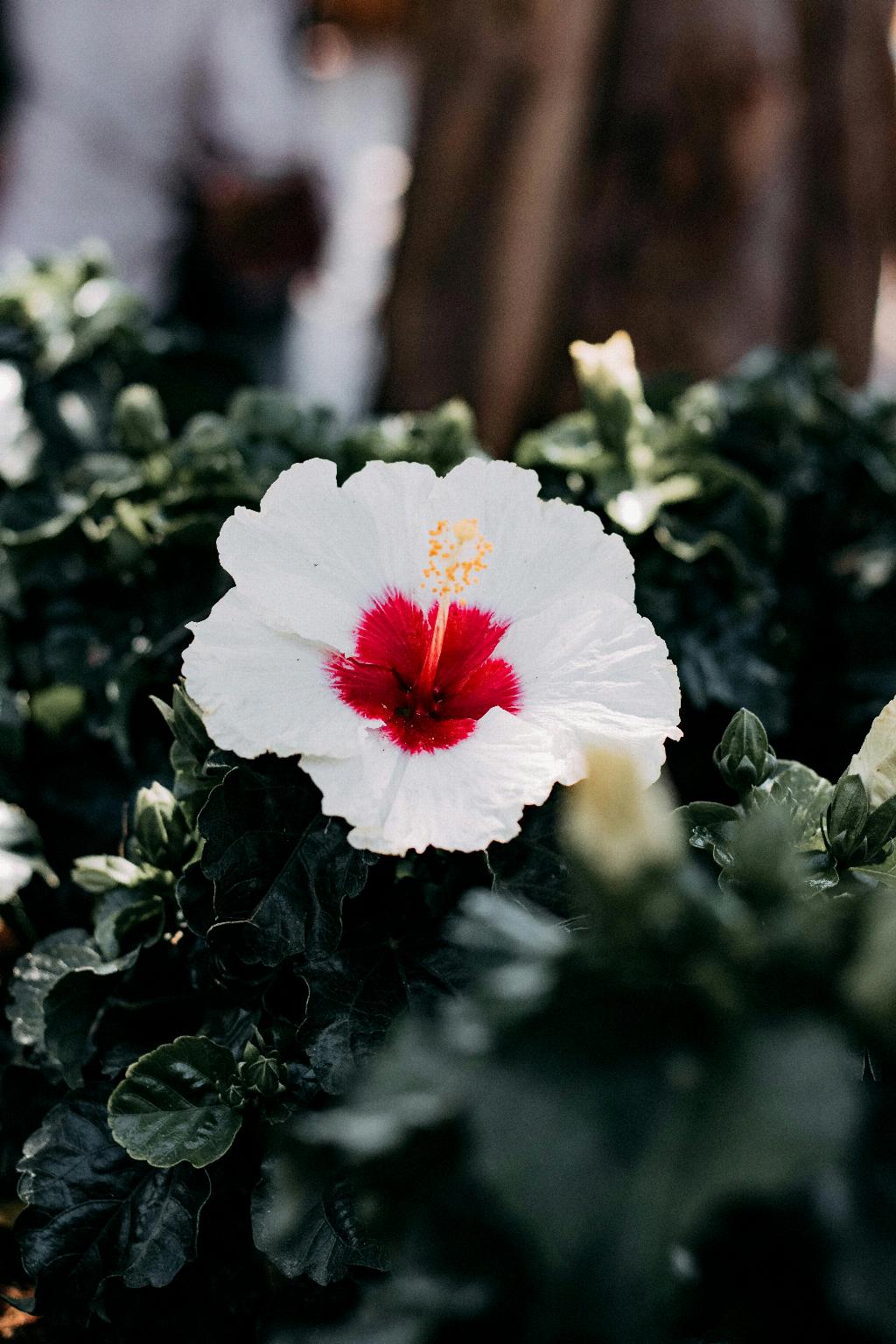When it comes to the world of edible flowers, hibiscus is a popular choice that sparks curiosity among many. The vibrant and delicate petals of the hibiscus plant are not only visually appealing but also hold potential culinary value. So, the burning question arises: Is Hibiscus Flowers Edible?
First and foremost, it’s essential to establish that the answer to this question is a resounding yes. Hibiscus flowers are indeed edible, offering a unique flavor profile that can add an exciting twist to various dishes and beverages. However, it’s crucial to navigate the specifics of which parts of the hibiscus plant are safe and enjoyable to eat.
One of the key components of the hibiscus plant that is commonly consumed is the calyx. This part of the flower, often mistaken for a petal, is the leaf-like structure that surrounds the bud as it grows. The calyx of the hibiscus flower is rich in flavor and can be used in both fresh and dried forms to infuse dishes with a subtle tartness and floral essence.
Delving deeper into the culinary potential of hibiscus flowers, it’s worth noting that the leaves and seeds of the plant also hold edible qualities. While the calyx is the star of the show in terms of flavor and texture, exploring other parts of the hibiscus can offer a more comprehensive understanding of how this versatile plant can be incorporated into cuisine.
Those looking to harness the vibrant hue and tangy taste of hibiscus flowers often turn to methods such as steeping the dried calyx in hot water to create a refreshing tea. Hibiscus tea, known for its vibrant red color and tangy flavor, has gained popularity worldwide for its unique taste and potential health benefits.
Aside from being a delightful addition to beverages, hibiscus flowers can also be used in culinary applications such as salads, syrups, jams, and even desserts. The versatility of hibiscus as an edible flower makes it a valuable ingredient for those seeking to experiment with new flavors and textures in their cooking.
Furthermore, the nutritional benefits of hibiscus flowers make them an attractive option for those looking to enhance their diet with natural sources of vitamins and antioxidants. The vibrant color of hibiscus flowers is a result of the presence of anthocyanins, compounds known for their antioxidant properties.
As with any edible flower or plant, it’s crucial to ensure that the hibiscus flowers you consume are free from pesticides and other harmful chemicals. Opting for organic hibiscus products or harvesting hibiscus flowers from a trusted source can help ensure that you are enjoying this edible flower in its purest form.
Whether you’re a seasoned chef looking to experiment with new ingredients or simply curious about expanding your culinary horizons, hibiscus flowers offer a world of possibilities in the kitchen. From intricate desserts to refreshing beverages, the edible potential of hibiscus is as vast as it is flavorful.
In conclusion, the question of whether hibiscus flowers are edible can be met with a definitive affirmation. With their unique flavor profile, vibrant appearance, and versatile culinary applications, hibiscus flowers stand as a delightful addition to any food lover’s repertoire. So, the next time you come across a hibiscus plant in bloom, don’t hesitate to explore the delectable possibilities that lie within its petals and leaves.

